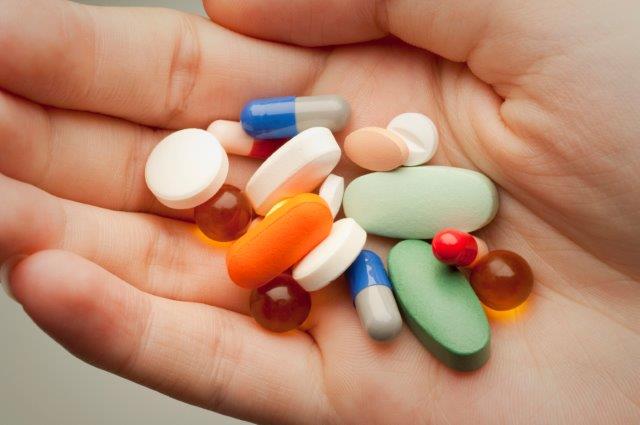FOR IMMEDIATE RELEASE
ACS News Service Weekly PressPac: September 09, 2015
Making pharmaceuticals that degrade before they can contaminate drinking water

"Re-Designing of Existing Pharmaceuticals for Environmental Biodegradability: A Tiered Approach with ß-Blocker Propranolol as an Example"
Environmental Science & Technology
In recent years, researchers have realized that many products, including pharmaceuticals, have ended up where they’re not supposed to be — in our drinking water. But now scientists have developed a way to make drugs that break down into harmless compounds before they contaminate our taps. Their report appears in ACS’ journal Environmental Science & Technology.
A wide range of active ingredients originating from pesticides, shampoos, lotions, cosmetics, disinfectants and drugs get washed into sewage systems or rivers and streams, ending up in our tap water. Scientists don’t have a complete picture yet of what effects these substances have on wildlife and human health, but they are a major concern. Researchers have detected them in low levels in streams and rivers across the United States and in other countries. To address the specific problem of medications in the environment, Klaus Kümmerer and colleagues made tweaks to pharmaceuticals so they degrade after they’ve passed through both the body and sewage treatment systems, which aren’t capable of scrubbing wastewater of all contaminants.
The researchers chose to work with a commonly used drug called propranolol — a beta blocker prescribed to treat high blood pressure and to prevent heart problems. It is very stable and has been found in sewage. They made a small molecular change in its structure that didn’t affect its beta blocking activity but allowed it to break down more easily than the original form. Further studies are needed, but initial testing showed that the altered drug and its byproducts are likely not toxic. The researchers suggest that a similar approach could be used to re-design other classes of drugs and chemicals to make them more environmentally friendly, too.
The authors acknowledge funding from the German Ministry of Education and Research.


